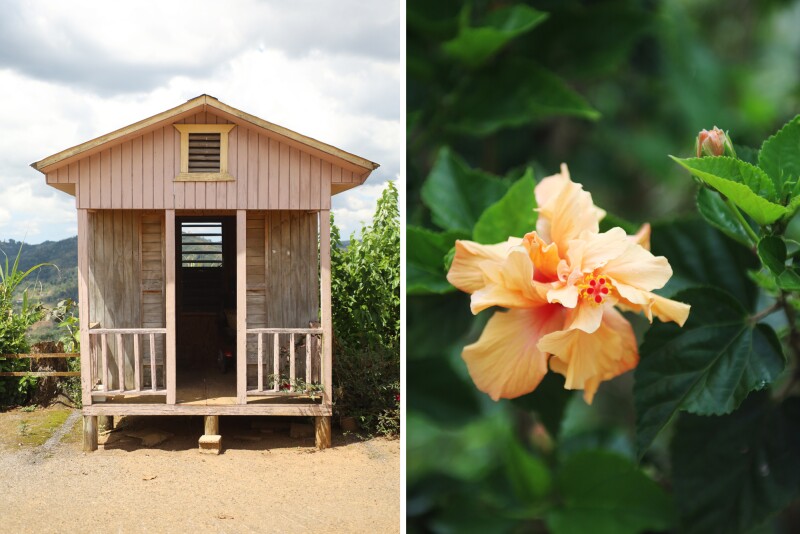This article is part of a series created by United Voices, a new AFAR immersion program that brings together local content creators and AFAR editors for workshops, reporting stories, and experiencing a destination together. We make our debut in Puerto Rico.
Puerto Rico has a long history with coffee. In the 1700s, Spain introduced the crop to the island; by the end of the 19th century, despite its modest size—100 miles long and 35 miles wide—Puerto Rico was the world’s sixth largest coffee exporter. Puerto Rico’s coffee was a point of pride, with coffee grown everywhere from coastal areas to altitudes of more than 2,000 feet.
But over time, due to various reasons (including import costs, recession, and natural disasters), the number of coffee farms in Puerto Rico has shrunk from 21,693 registered farms and ranches in 1899 to 1,251 in 2018. Despite the challenges, there is a growing movement of sustainable producers intent on honoring Puerto Rico’s rich coffee harvesting traditions.
One such example is Sandra Farms in Adjuntas, located in the midwestern mountains of the island. Although just two hours southwest of San Juan, the farm of 225 acres sits at an altitude of 2,500 feet; getting there requires crawling up narrow, winding roads with perilous drop-offs. But the trek is worth it.
Purchased in 1994 by Sandra and Israel Gonzalez, Sandra Farms began selling coffee in 2001. From the processing and preparation of the beans, Sandra Farms is committed to traditional methods of growing and harvesting—all with ethical considerations and sustainability in mind: It uses zero fossil fuel and recycles biomass and compost.
To help travelers learn more about Puerto Rico’s coffee past and present, Sandra Farms offers guided tours twice a day from Tuesday to Sunday; visitors can see the evolution of coffee plants from seedling to tree, then to fruit and bean, as well as learn about how the farm has adapted to climate change.
Asked about the future, Carmelo Rodriguez, a Sandra Farms coffee roaster, processor, and guide, smiled widely. “We have no option but to look at the bright side,” he said.

Carmelo Rodriguez, left, has worked at Sandra Farms since 2010, occupying a variety of roles. Today, he often leads tours that take travelers through the history of coffee in Puerto Rico, before offering tastings that showcase different coffee production methods.

Coffee production involves washed or natural (or dry) processing. In natural processing, which can take three to six weeks, coffee cherries are dried whole before being hulled and milled. Washed processing is faster and less labor intensive, as the seed is removed from the skin immediately. Naturally processed coffees are usually fuller and fruitier. Sandra Farms produces both.

More and more local companies are conscious about the surrounding communities, the consumers, and the importance of sustainability in harvesting quality coffee.











